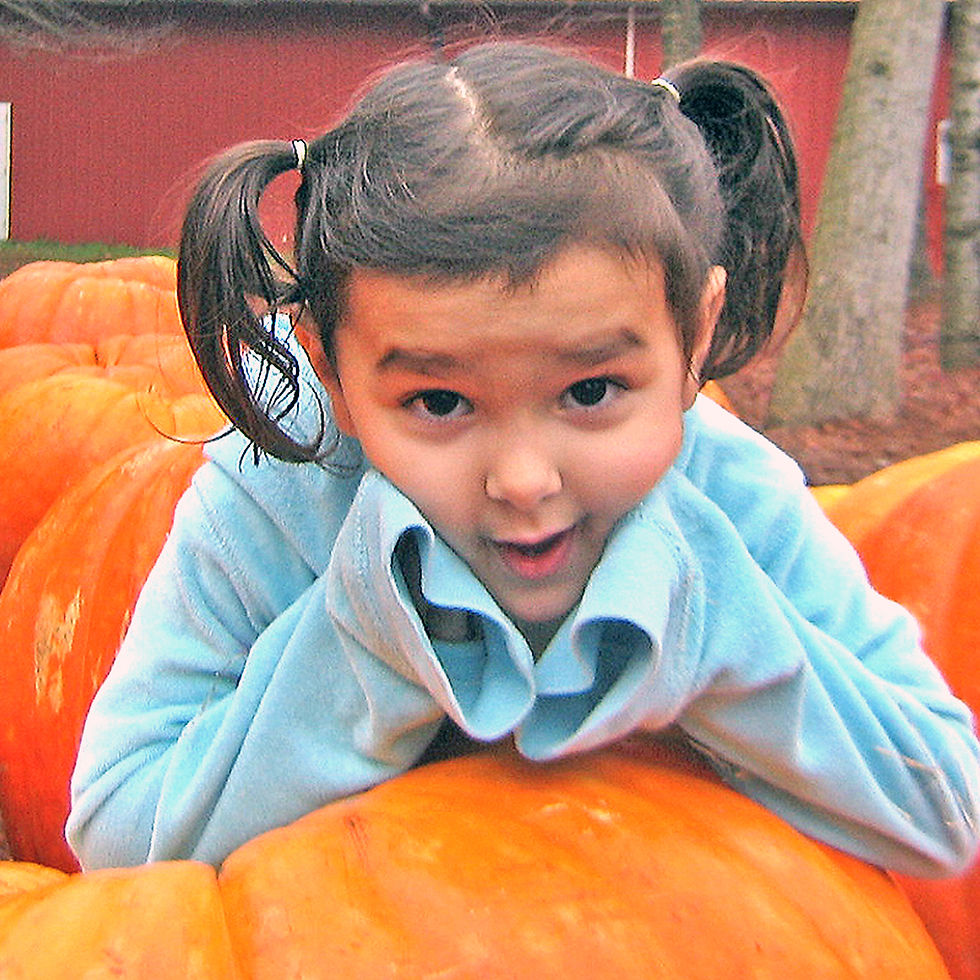Photography Tips
- Lakelife Magazine

- Dec 14, 2020
- 5 min read
Updated: Jan 12, 2021
Tips for capturing memorable moments during the holidays and all year long

It can be challenging to photograph children during holidays because they are seldom still. We want to catch the expression that tells the story of that moment. Here are a few basics in photography which may help you preserve those moments for a lifetime.
Leveling the field: It is best to photograph children at their eye level. If the child is playing on the floor and you photograph them while standing, the child is made small in the image and it is not intimate. When they are playing on the floor, get down to their eye level to enter their world. Zoom in to focus on their eyes and face to get sharp, intimate and expressive images. Sit on the floor or a low chair and watch them do their thing. Soon, they are not aware of your presence and you can get those candid shots. If they are standing or running around, again shoot at their eye level. Zooming in will help to eliminate distracting elements in the background. You need to have a clear field view. If in a room, remove the visual obstructions. If outside, avoid objects between you and where the children are playing.
Timing is everything: Watch and wait! Children are in constant motion, always doing something. Watch the children play, waiting for the right activity to capture the images. Focus on their eyes and face. Take several series of photos while they are playing. With some digital cameras, it is possible to shoot 6 to 10 images per second. With digital cameras and smart phones, it doesn’t cost to take scores of pictures. One of these images may catch the expression or moment you will cherish. When you have finished shooting, have a little fun by showing the children a few images on your phone or on the back of your camera.
Avoiding blur: Some people will rely on the smart phone or the camera to automatically set the exposure: the aperture, shutter speed and light sensitivity (ISO). I have seen numerous images taken with a smart phone and the results are amazing if the child is still.
However, if the child is running, the auto shutter speed might not be fast enough to stop the action and the child is blurred. To properly expose the child when moving from dark or to bright light, you need to spot meter and focus on the child. Spot metering will yield images properly exposed. Smart phones offer spot focus, spot metering and can zoom in on the child.
For the photographer using a digital camera, here are some suggestions: In manual mode set the shutter speed and aperture, with Auto ISO. When focusing on the child, use spot focus and spot metering. As children play, they may move from shadows to bright light or from bright light to low light. In these situations, the Auto ISO will automatically adjust the exposure of the child.
If you want only the child featured with the background blurred, set the aperture to get the desired depth of field. Remember, the depth of field varies by the focal length of the lens and the distance from the child.
Conversely, if you want the background to be sharp, use a small aperture. To stop the action of children, the shutter speed should be at least 1/250 second, especially if the child is playing or running. If available, use the camera’s burst mode to shoot several frames per second. If you can, focus on the child’s eyes and face to capture the expression, mood or moment. Zoom in on the child; this will increase the chance of getting a special image.
Perfecting the light: When photographing a child in front of a window or a bright background use spot metering. A bright window will dominate the meter and set the wrong exposure. The result will be an underexposed and disappointing image of the child. If the background is dark, they may be overexposed. Spot metering works well in most light settings.
Considering the aspects: Often, it is important to include some of the environment to give a sense of what the child sees and feels. This helps to make the story in the photograph. Are they in a playground, a park, in the woods, on a path, or on a swing? Finally, always have a camera with you because you never know when a special moment might occur.
Remember the more photos you take, the better your chance of capturing a treasured image. It doesn’t cost to take scores of digital photos. You may need to take thirty or forty images to capture the moment, expression or mood, which make the story. It is easy to cull the unwanted images to find the “Keeper.”
So, let’s look at a few photos of my granddaughter, Hannah, and see how they were taken.

Photo 1: Granddaughter, Hannah, was enjoying playing in a pile of leaves. As she emerged, a series of several images were taken in burst mode to capture the moment she peeked out from under her hat. The color image was converted to black and white to help draw the viewer to her eye. Often color can dominate an image, drawing the attention away from the moment captured.

Photo 2: Again, the image was taken at eye level by kneeling on the ground. Including pumpkins in the image tell us what she was seeing and doing.

Photo 3: The photo was shot by sitting in a low chair. The camera’s depth of field included the whole car. Her expression and her thumbs up tell us she was happy and loves the car.

Photo 4: Here she walked through the woods and found a special rock. Back lighting created a glow on her hair and shoulder. Spot metering her face yielded soft lighting without harsh shadows. The expression on her face says her rock is cherished.

Photo 5: Hannah was playing with a new toy and was looking through the opening. The child and toy are in focus, with the background blurred, drawing the viewer’s attention to the child. Story: “I see you.”

Photo 6: She is in her dress and primped to participate in a dance program. The image was taken with a window behind her. By using spot focus and spot metering, she is properly exposed. Again, the image was taken at eye level.

Photo 7: This image was taken sitting with the camera at eye level. A flash was used, and the lens zoomed in to focus on her face. Story: Exploring the pages in a book.

Photo 8: To get the proper perspective, this photo was taken while the photographer was standing. The camera’s lens was zoomed in to capture an intimate image. Hannah’s expression reveals she loves the teddy bear.
This tory and photos by George Dissmeyer appeared in our November/December 2020 issue of Lakelife.







Comments